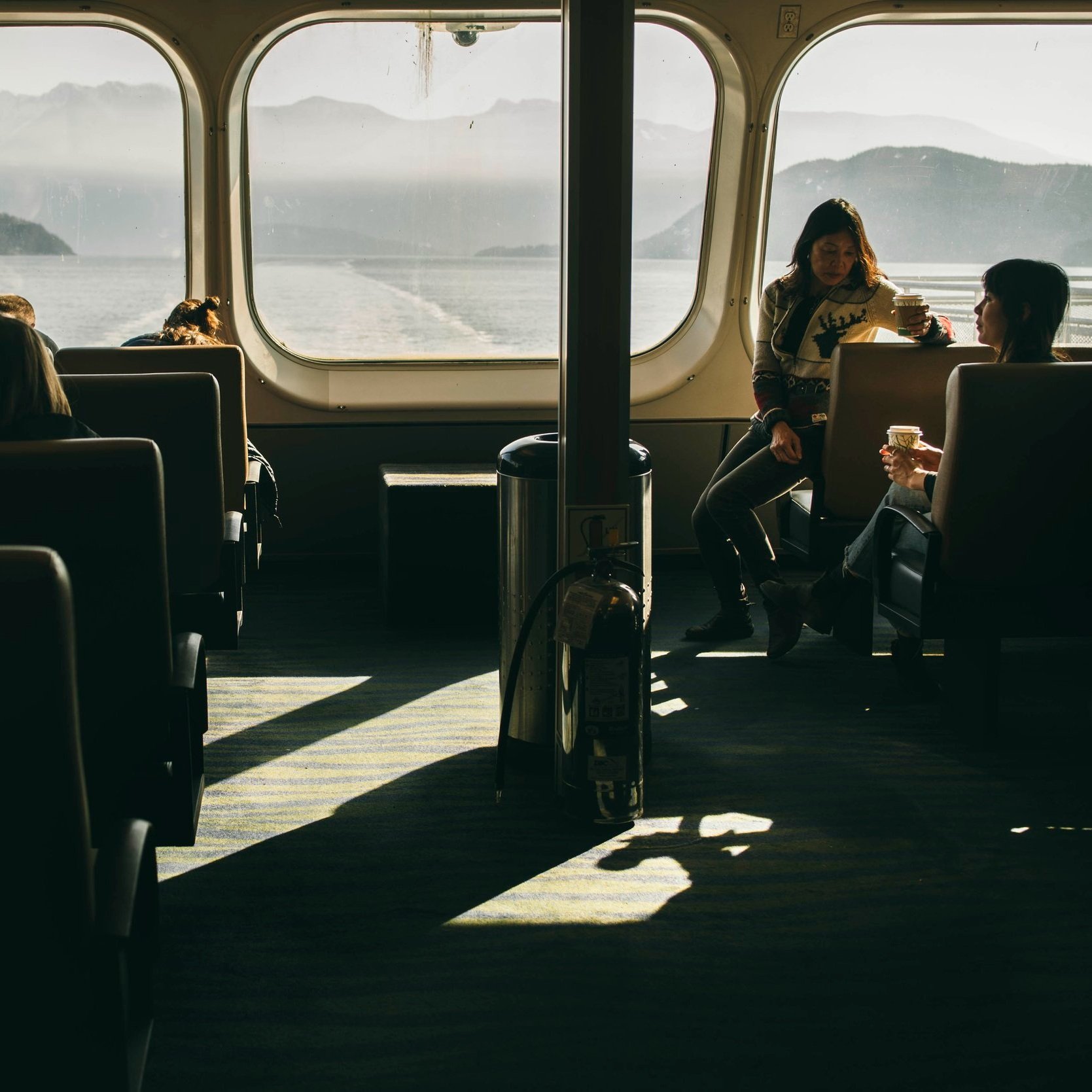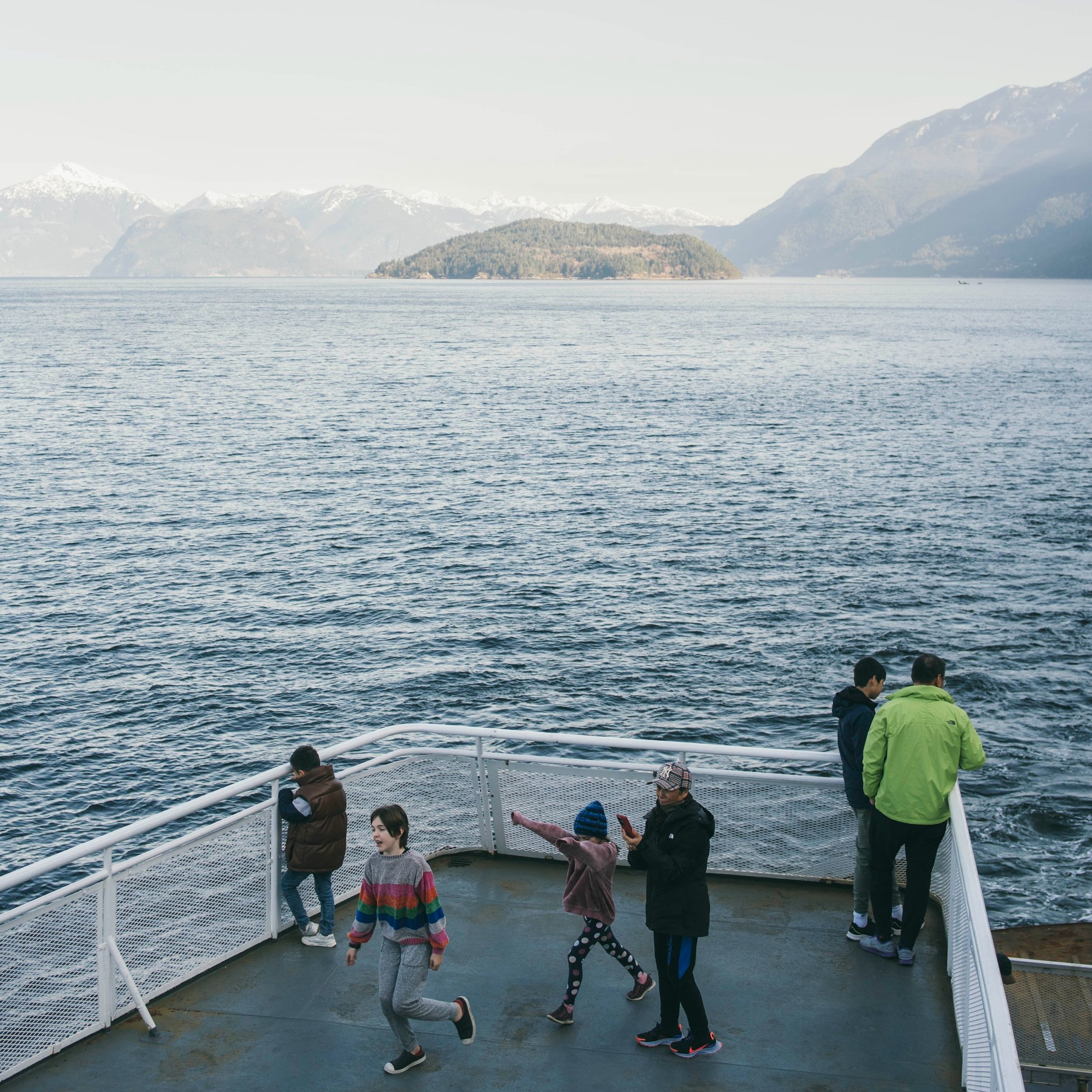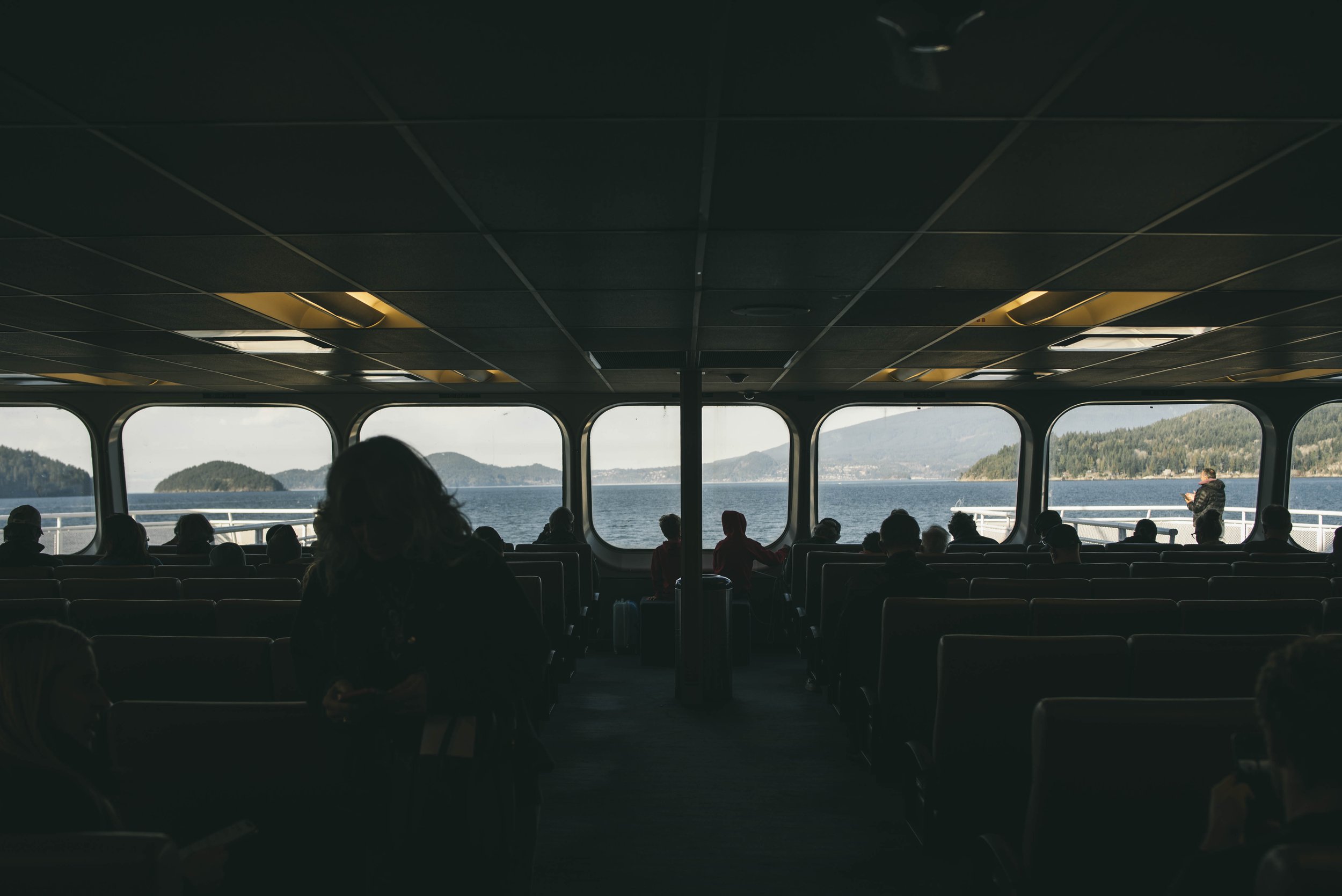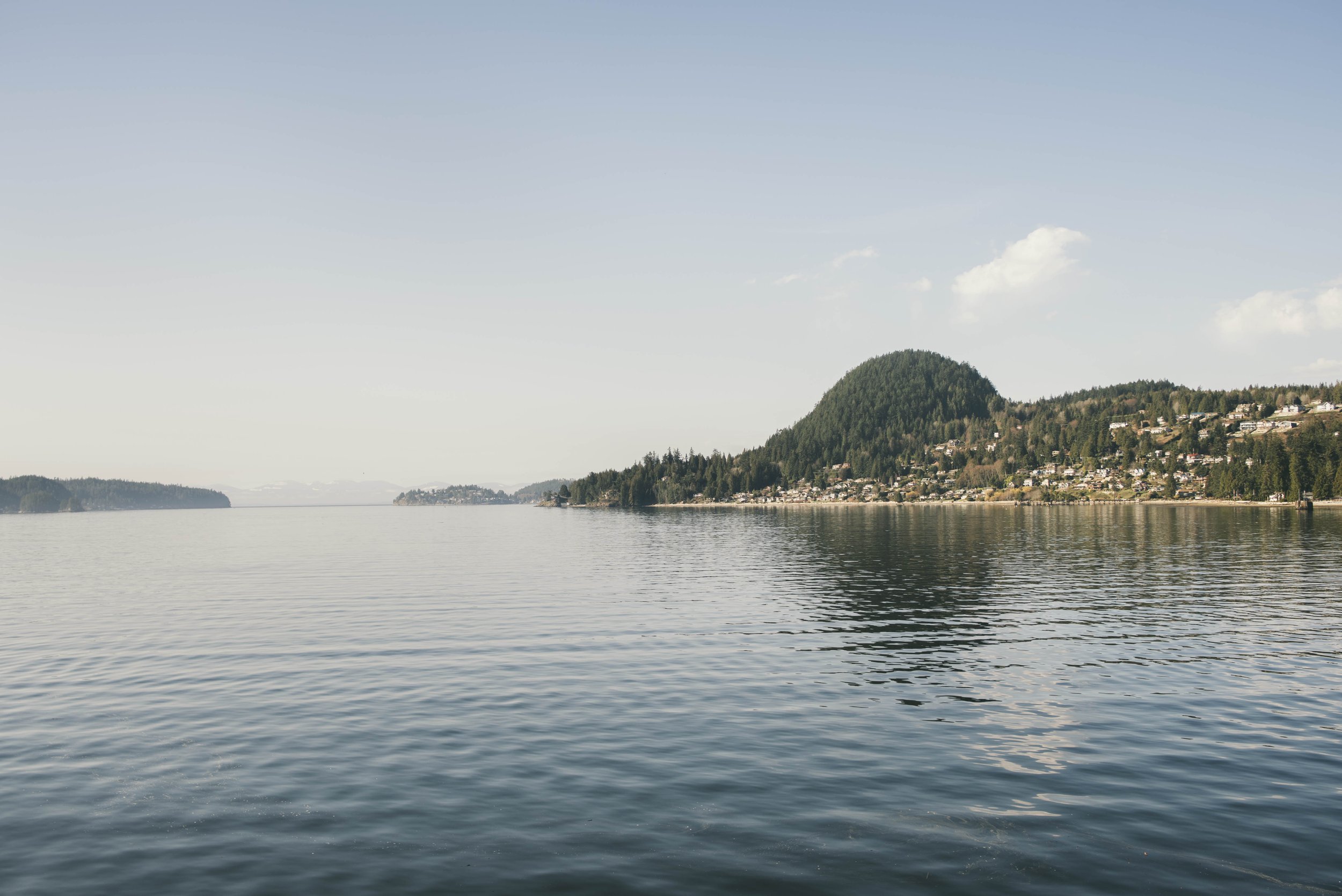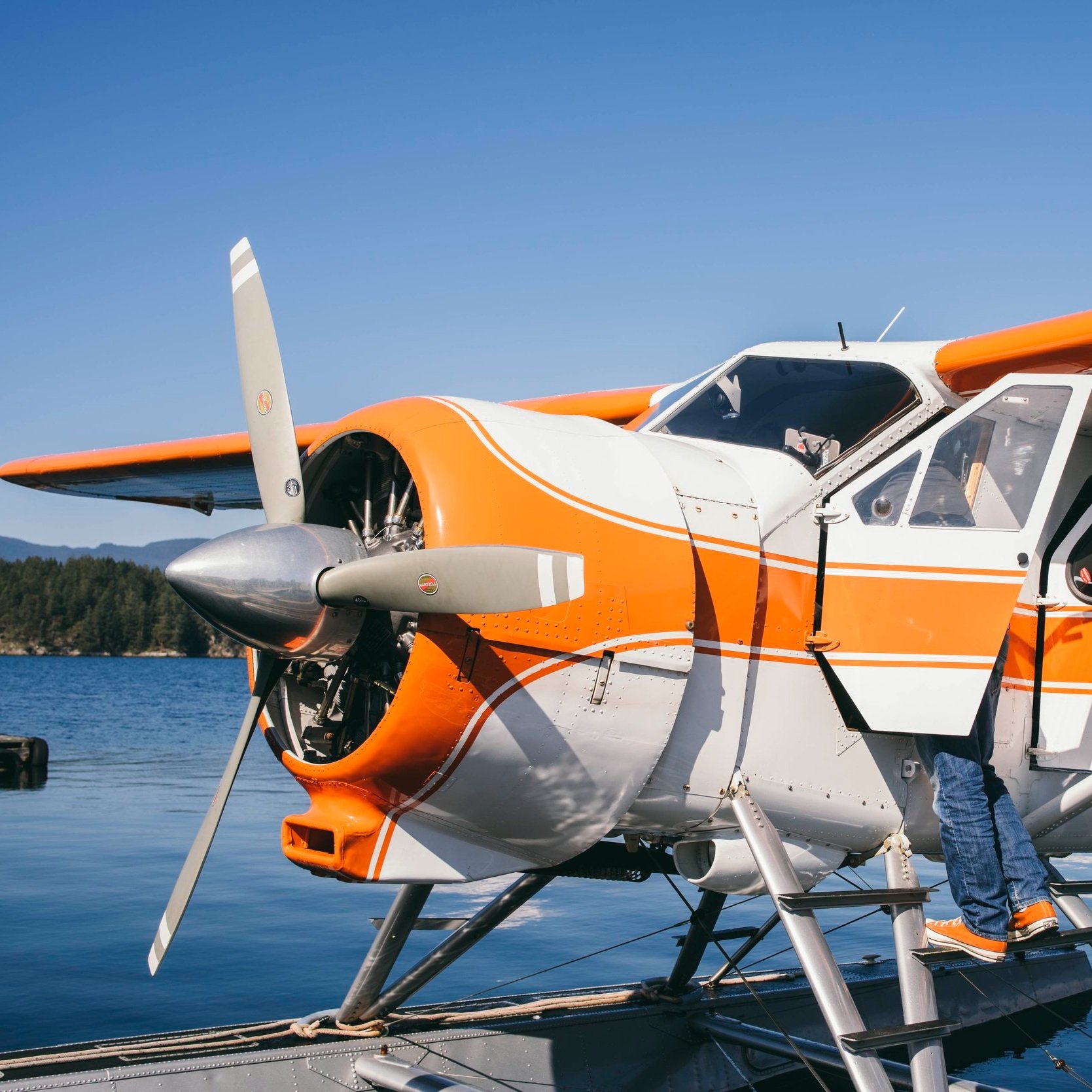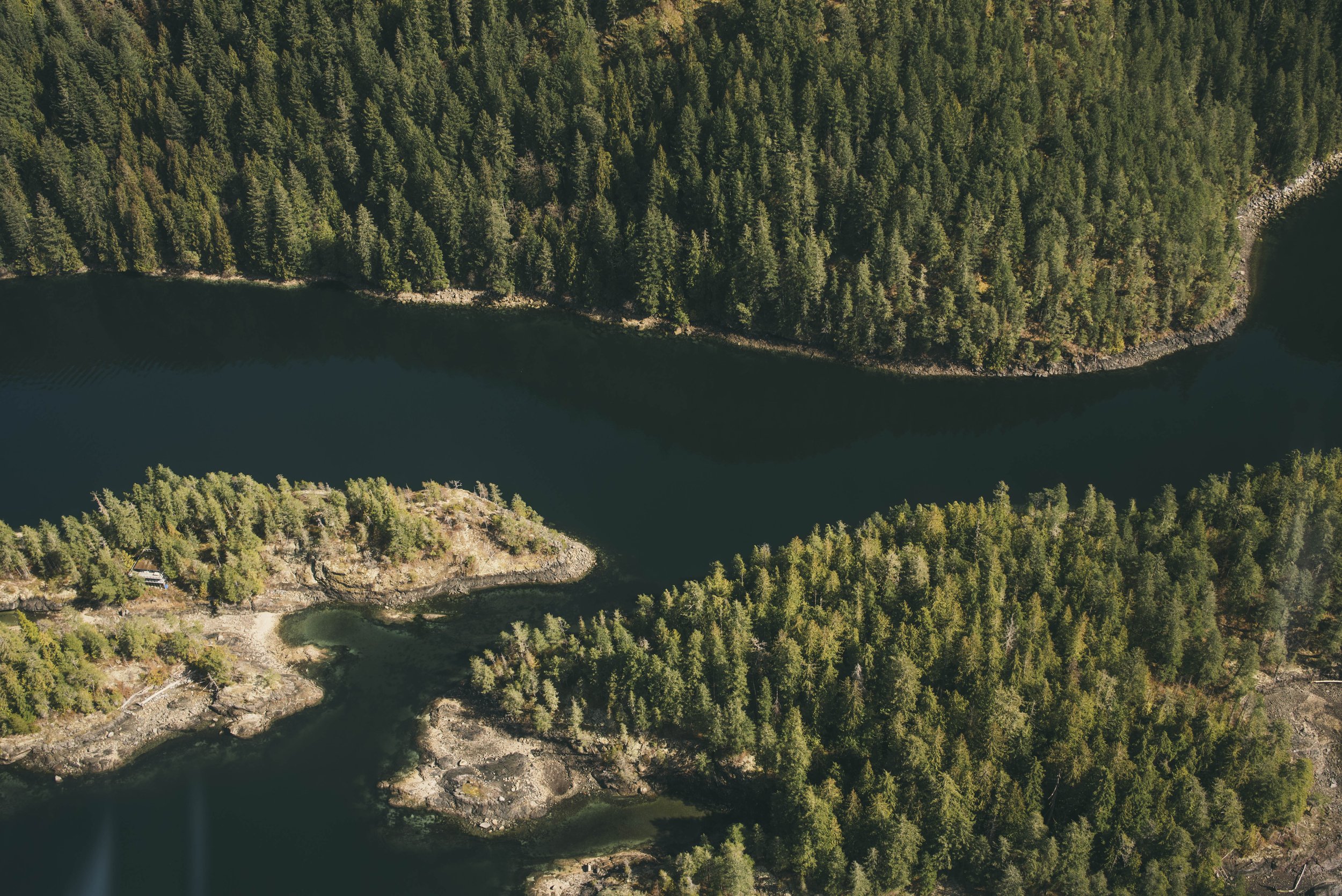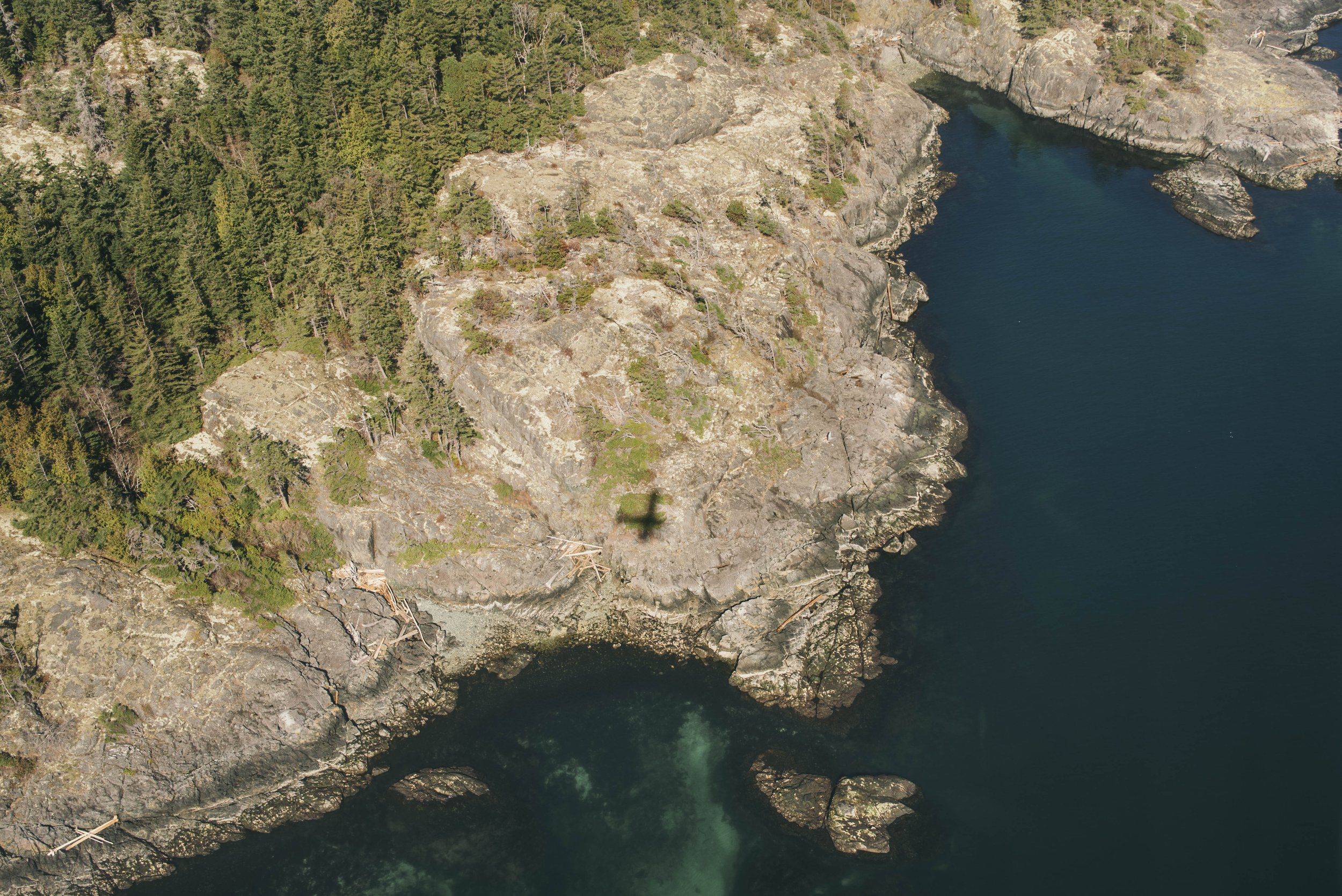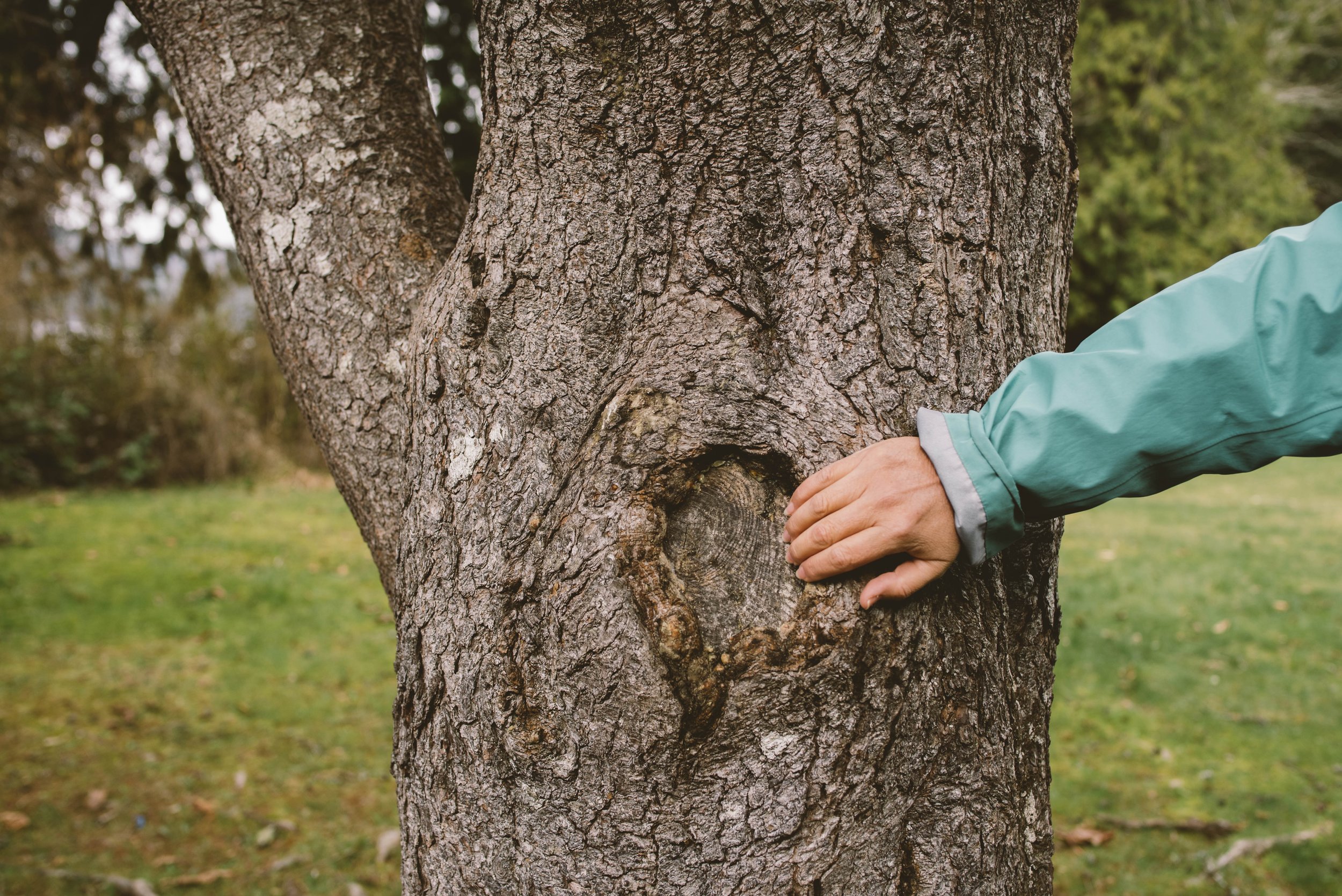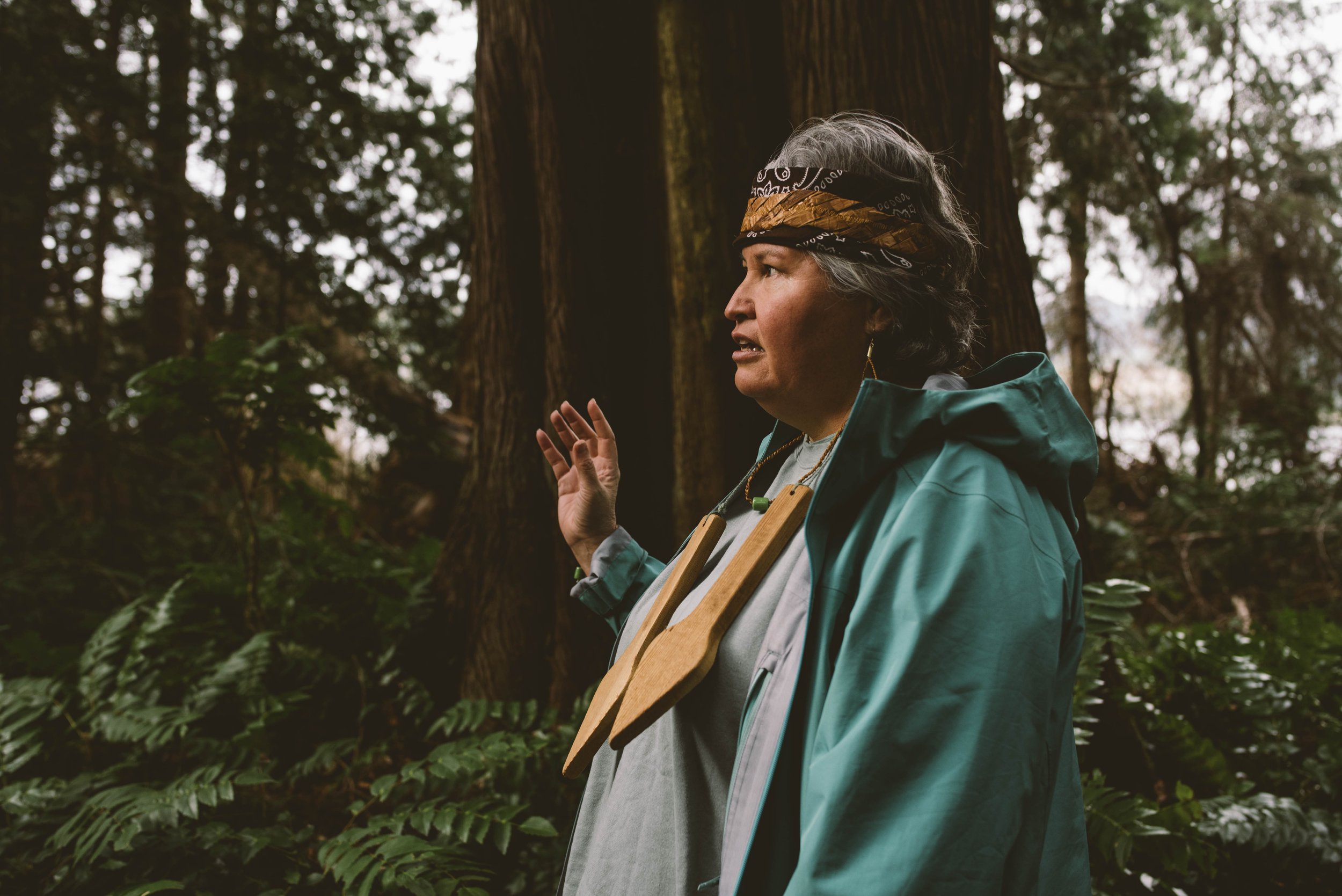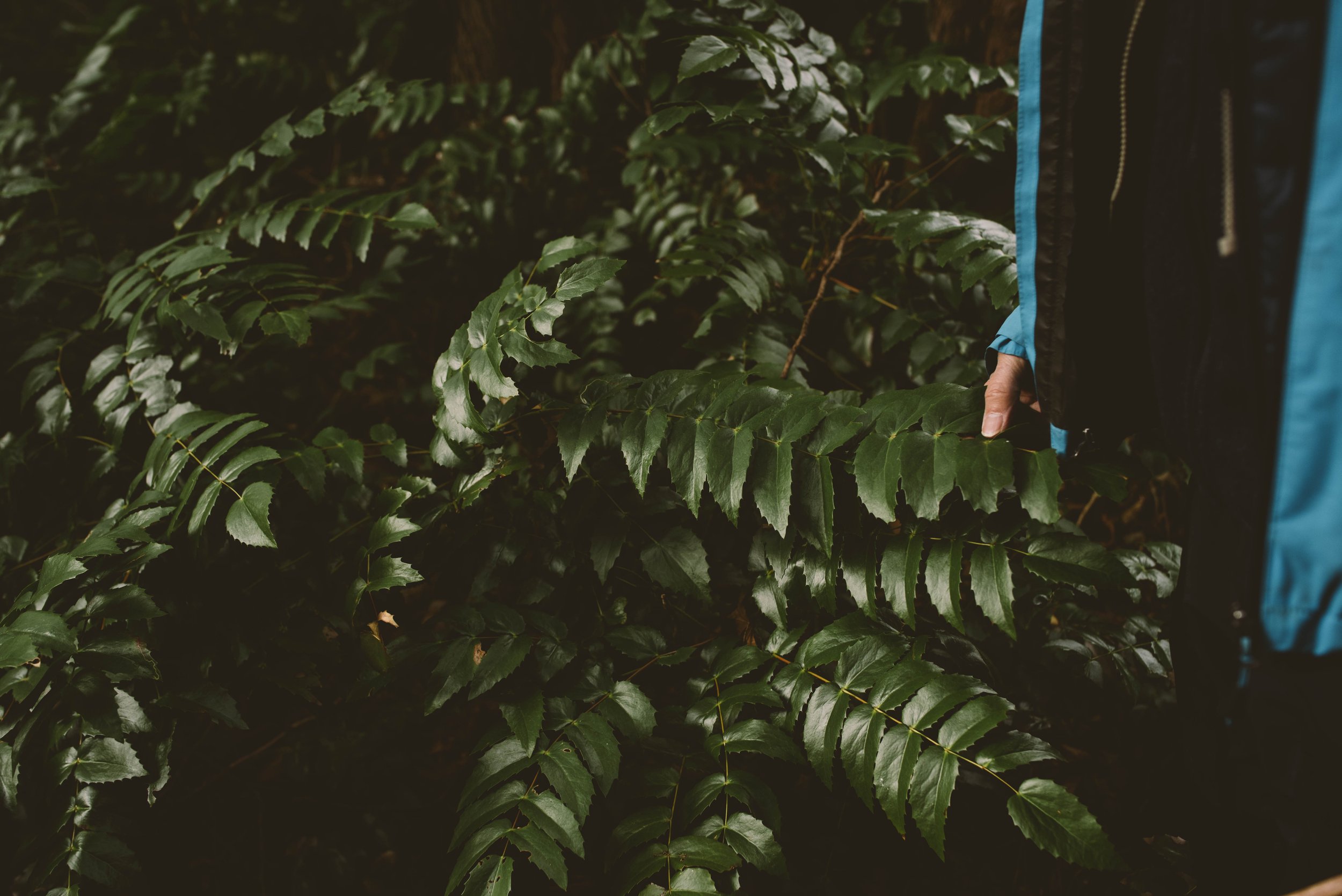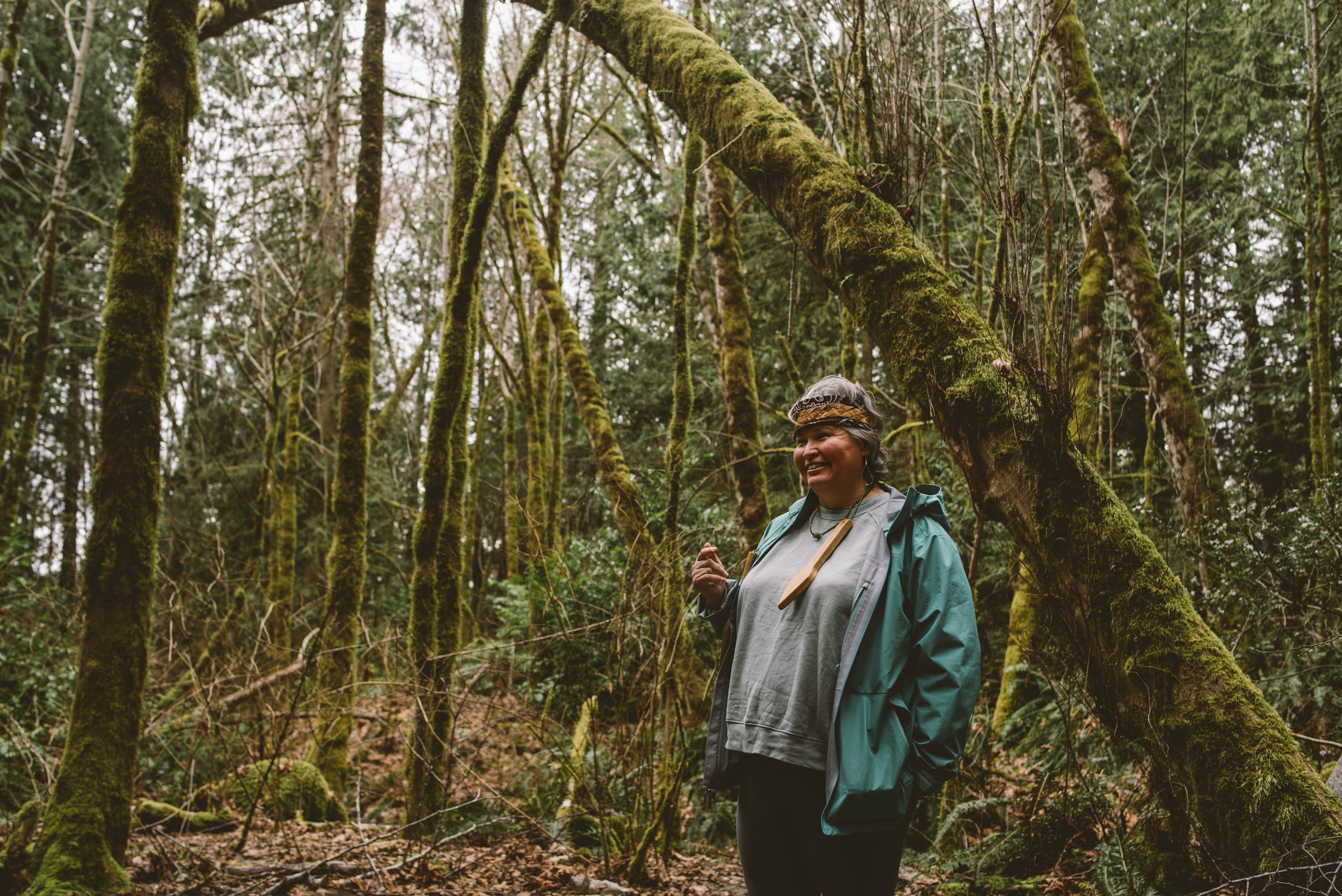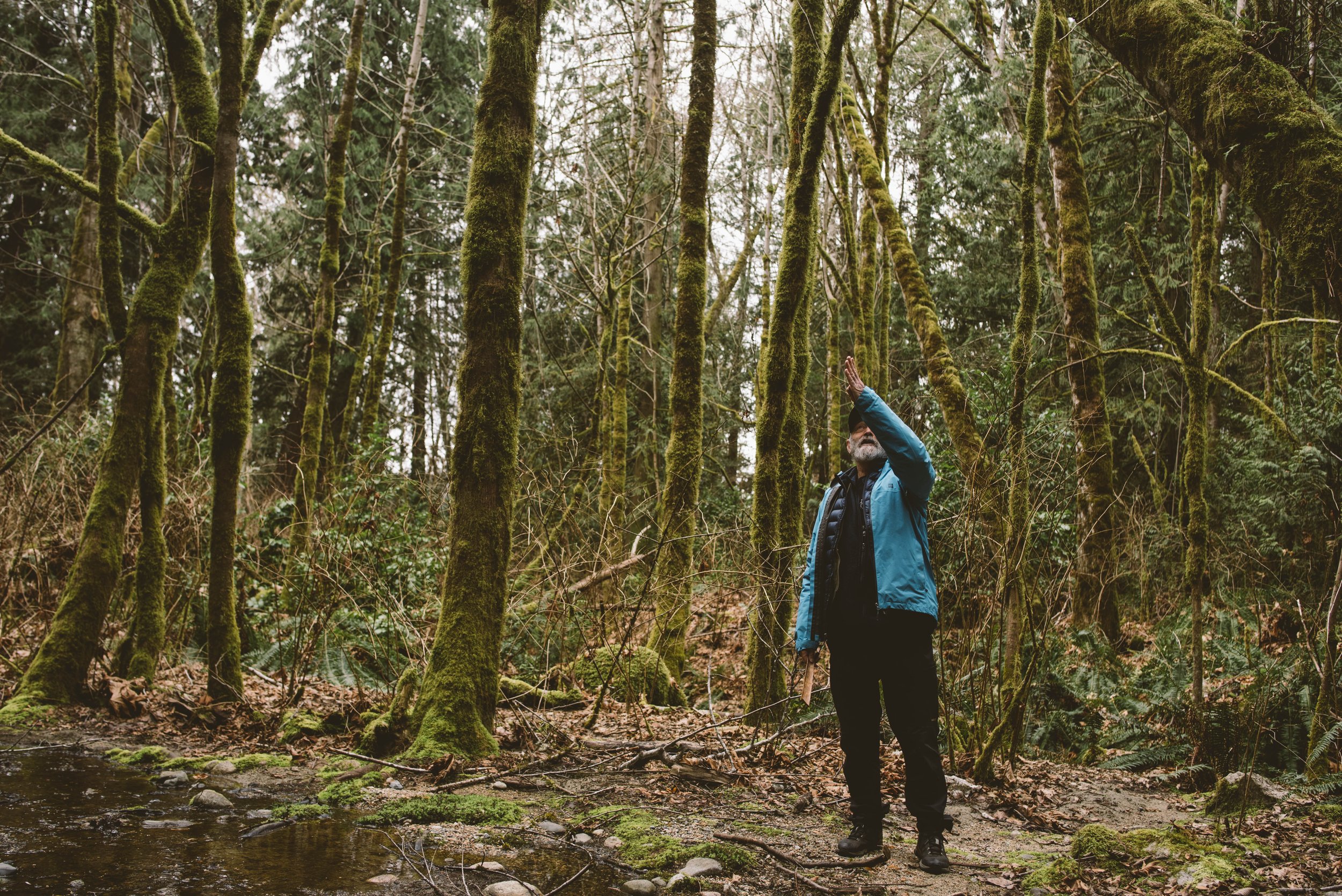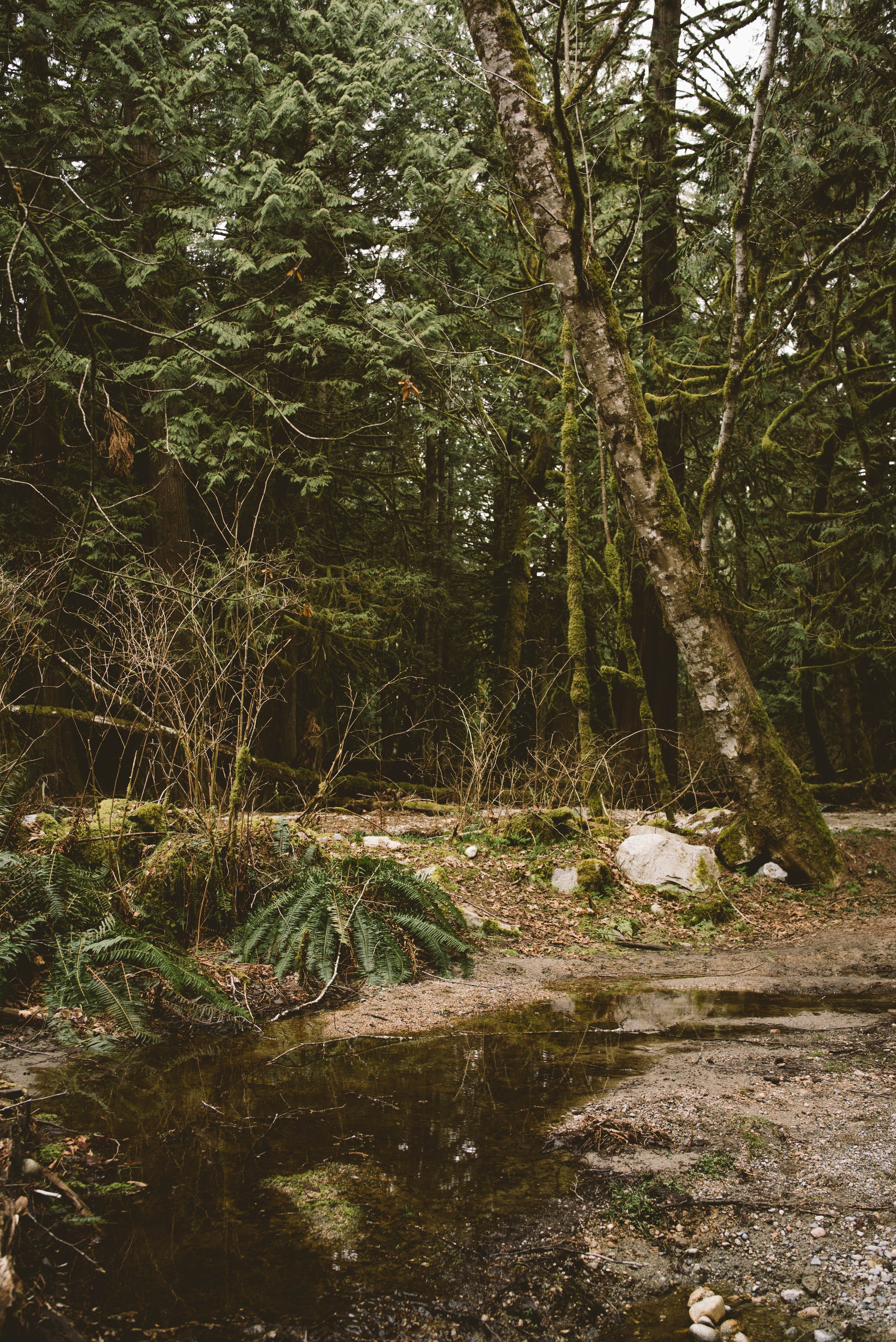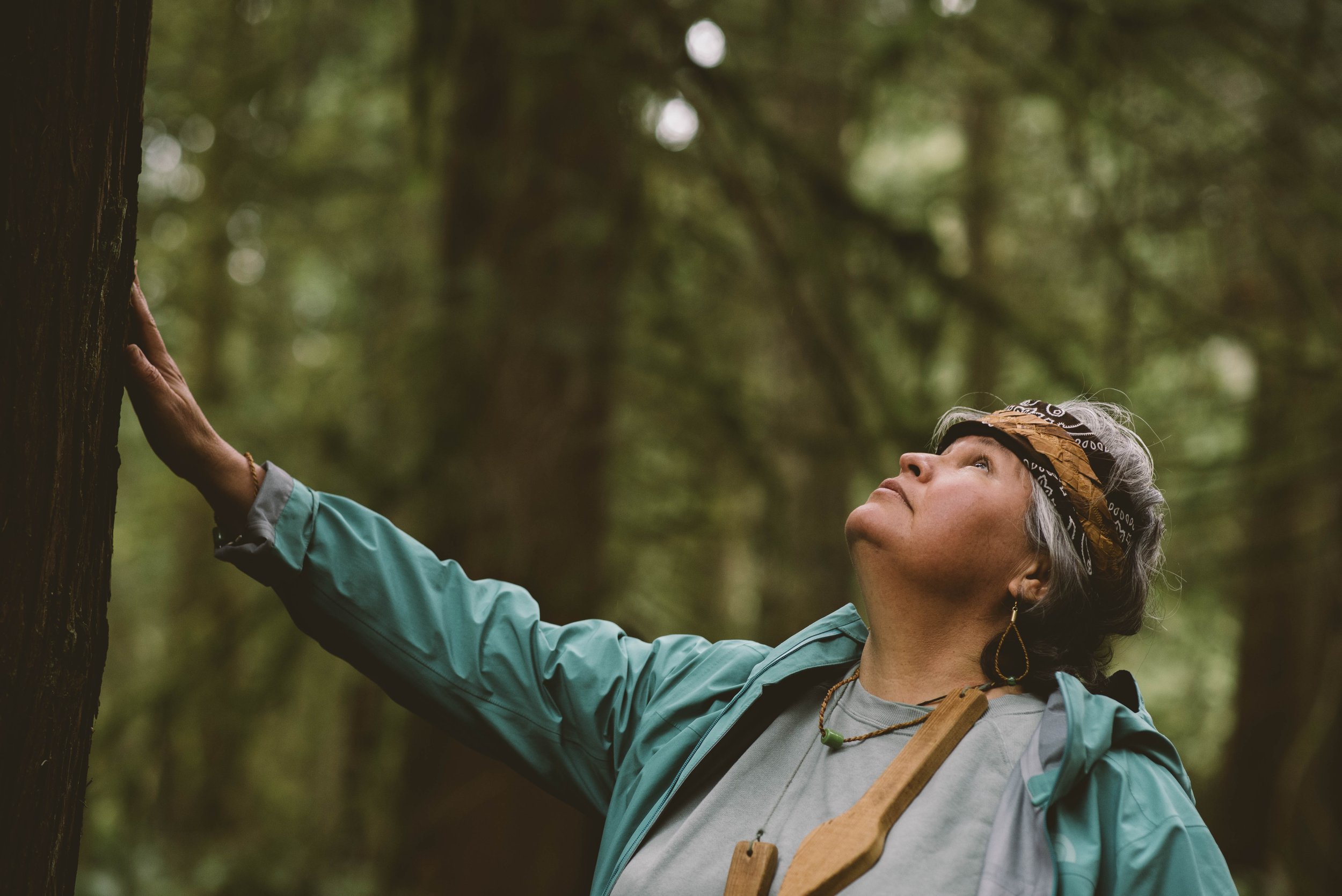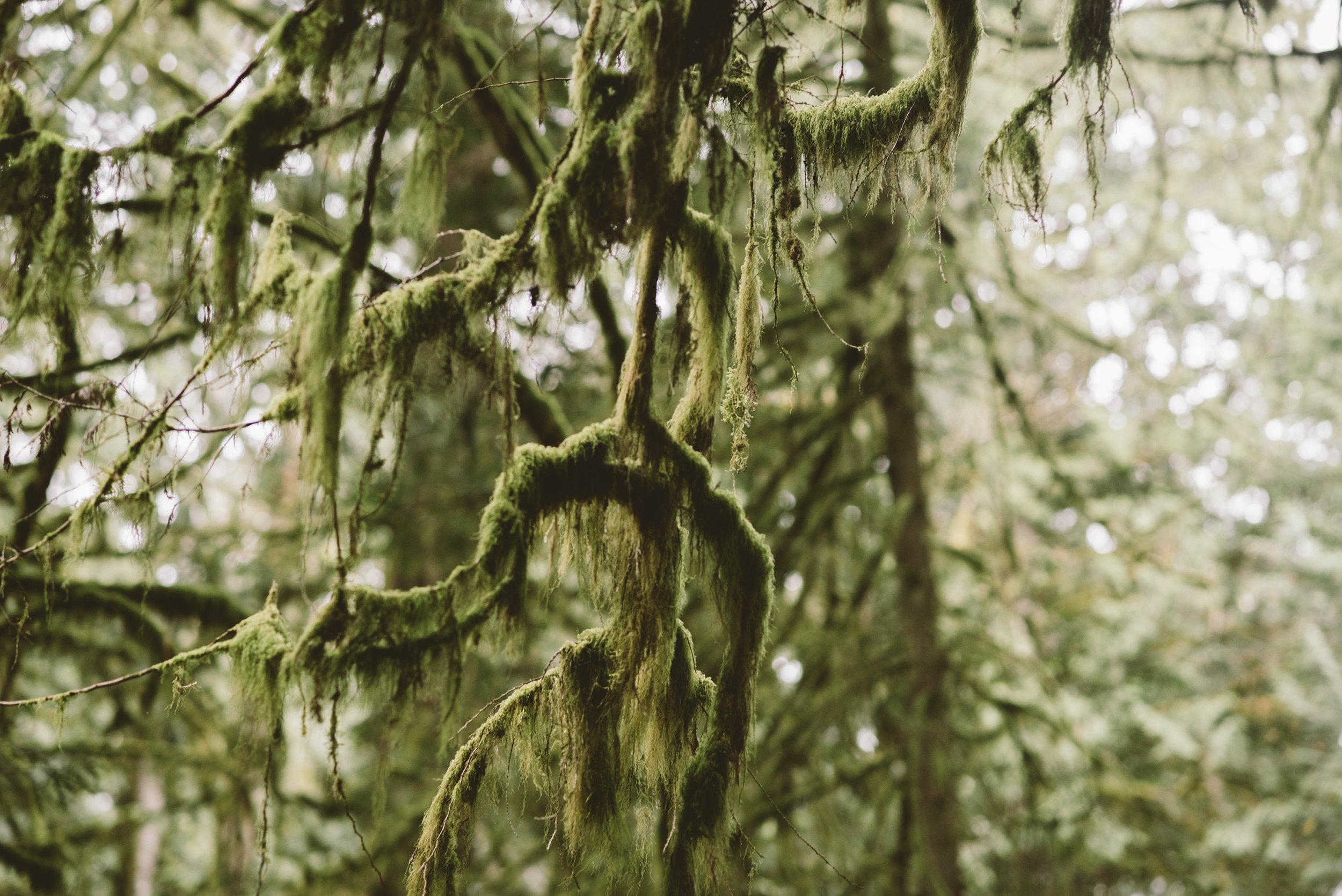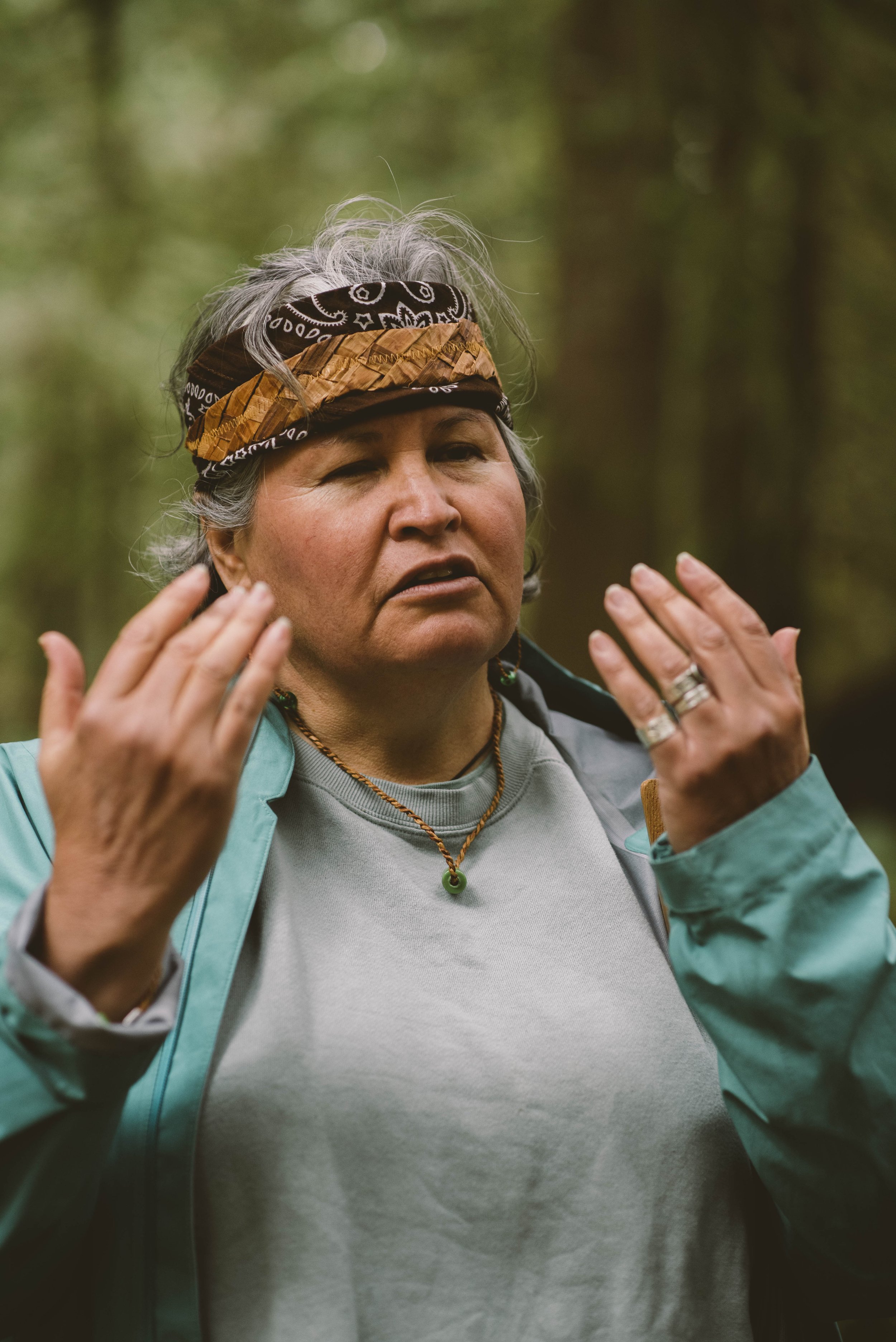I had the great fortune to work on my first travel journalism piece - taking me to the Sunshine Coast to explore Indigenous tourism in BC. Read the full story in the Toronto Star.
On a crisp spring morning, our seaplane climbs above the Sechelt Inlet, a fiord that nearly cleaves the Sechelt Peninsula from British Columbia’s mainland. Once we’re in the air, Candace Campo’s words in she shashishalhem, the language of the shíshálh Nation, reach my ears. This is my introduction to the Sunshine Coast.
Without direct road access to the rest of B.C., the Sunshine Coast, which stretches 180 kilometres between Howe Sound and Desolation Sound, is only accessible by ferry, private boat or float plane. Travelling on or over water is a part of life in this region, the traditional territories of the Skwxwú7mesh, shíshálh, Tla’amin, Klahoose and Homalco Nations…
…Their community has a sustainable practice for harvesting cedar, making a horizontal cut into the tree trunk only when the sap is running in the spring. This method is thousands of years old and allows the tree to repair itself. I’m told the same tree is never harvested twice, a practice meant to maintain the cedar for future generations.
Sechelt’s Red Cedar Woman studio, where Coast Salish weaver and fibre artist Jessica Silvey and her family teach weaving as the ancient method of combining elements to create a new connected whole
Cedar hat weaver Shy Watters, standing among her creations.
About a 30-minute drive from Madeira Park’s Painted Boat Resort Spa & Marina, where we’re staying, we meet to walk through the forest, while Campo and her co-guide, Richard Till, speak to us about the plants, trees, animals, and history of this place.
Touching a tree trunk, Campo explains that cedar holds a sacred place in the life of shíshálh and other West Coast Nations. “We understand how the cedar tree came into our lives because there’s a story,” she says…

